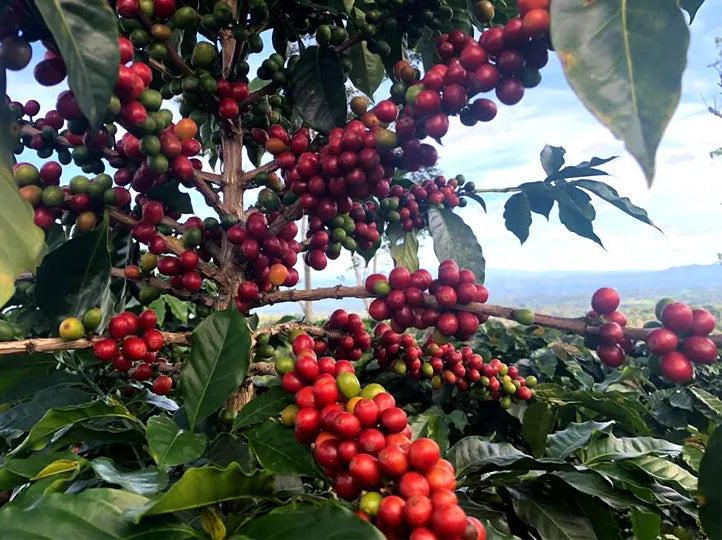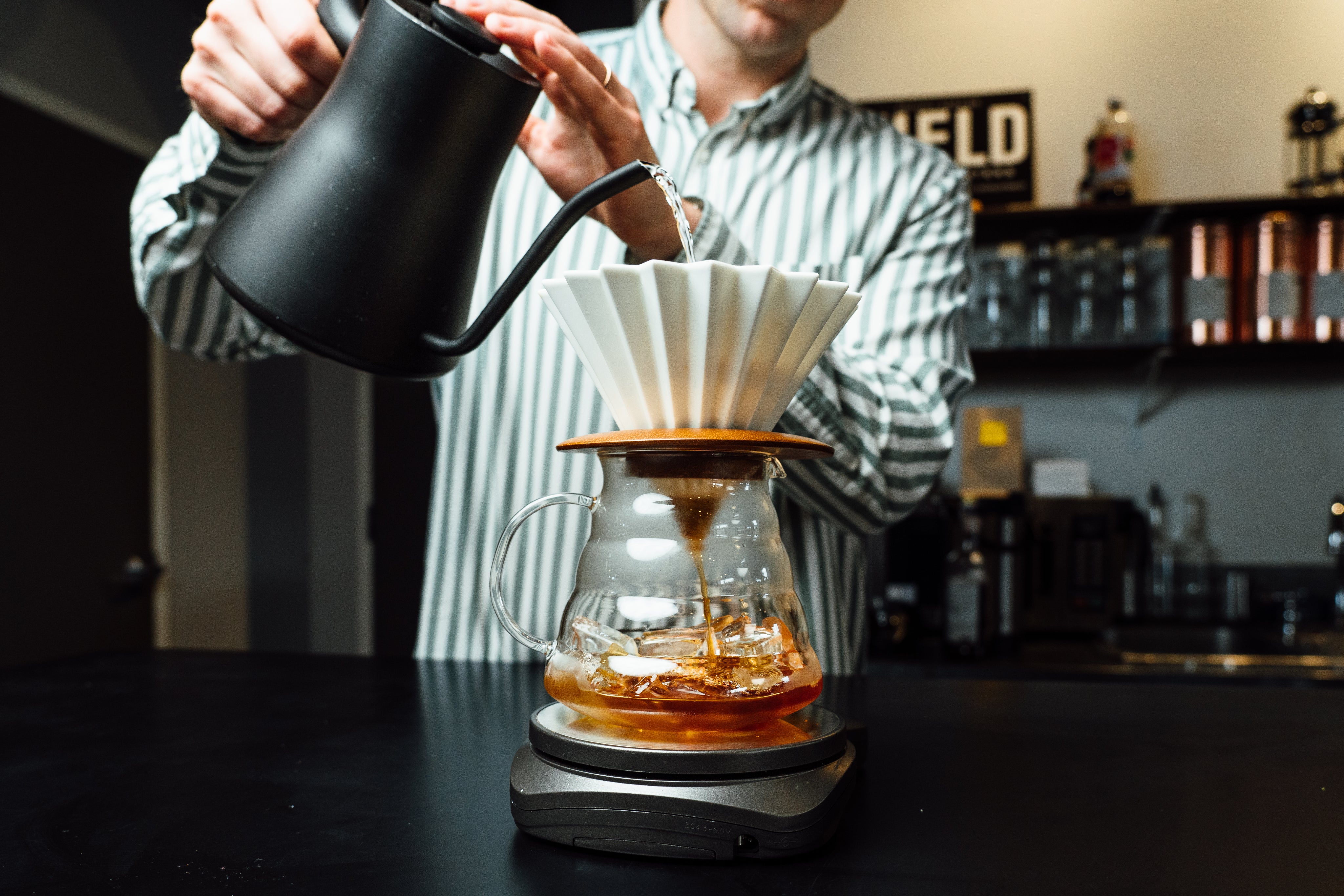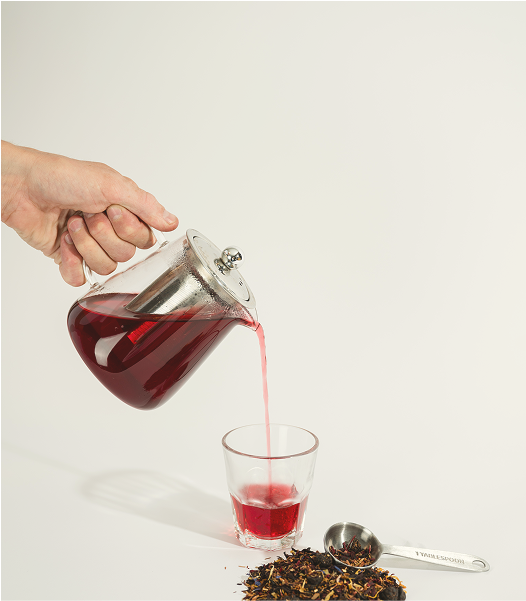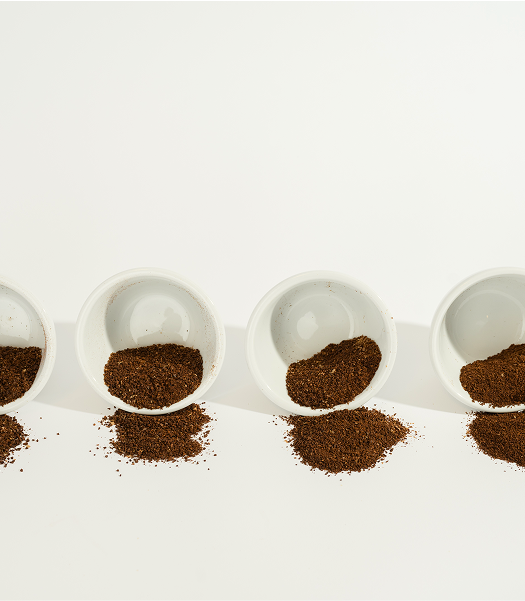Free Shipping on Orders Over $50
Where Does Coffee Grow? Origins, Elevations & Flavor
From Ethiopia to Brazil, coffee thrives along the equatorial Bean Belt. Here’s how geography, elevation, and harvest cycles translate into what you taste.
Where does coffee grow? Mostly within the “Bean Belt,” the equatorial band between the Tropics of Cancer and Capricorn. Within this belt, microclimates, elevations, and processing styles shape everything in your cup—from citrus and florals to chocolate and nuts. At YIELD Coffee Roasters, we source relationally to highlight that diversity for home brewers and wholesale partners alike.
Bean Belt 101 (Global View)
The Bean Belt stretches across Africa, the Americas, and Asia-Pacific. Arabica dominates specialty coffee and is sensitive to climate; robusta is hardier and often used for blends and specific flavor/texture goals. Elevation, rainfall, and temperature ranges influence density, sweetness, acidity, and aromatics.
Regional Profiles at a Glance
| Region | Elevation (typ.) | Common Profiles | Notes |
|---|---|---|---|
| Africa (Ethiopia, Kenya, Rwanda) | 1,500–2,200+ m | Floral, tea-like, citrus, stone fruit | Heirloom varieties; washed & natural processing |
| Central America (Guatemala, Costa Rica) | 1,200–2,000 m | Cocoa, citrus, spice; structured acidity | Honey processing common in Costa Rica |
| South America (Colombia, Brazil) | 800–1,900 m | Caramel, red fruit (Colombia); nuts, chocolate (Brazil) | Natural/pulped-natural widely used in Brazil |
| Asia-Pacific (Indonesia, PNG) | 800–1,700 m | Earth, spice, syrupy body; citrus-herbal in PNG | Diverse smallholder systems, varied processing |
How Elevation Shapes the Cup
- Higher elevations (1,600m+): Slower cherry development → denser beans → brighter acidity, layered aromatics, clarity.
- Mid elevations (1,200–1,600m): Balanced acidity and sweetness; crowd-pleasing structure.
- Lower elevations (<1,200m): Softer acidity, heavier body, chocolate/nut leaning—great for blends and cold brew.
Processing Methods & Flavor
Processing refers to how the cherry is removed and the seed dried:
- Washed: Clean and articulate; highlights acidity and clarity.
- Natural: Fruit-forward, fuller body, lower perceived acidity.
- Honey: Middle ground—sweetness with some cleanliness.
Seasonality & Freshness
Harvests in the northern hemisphere generally run late fall to spring; southern hemisphere peaks mid-year. Smart rotation keeps your menu tasting fresh. For at-home cadence, consider our coffee subscription; for operators, our wholesale program aligns buying with harvest calendars.
Choosing Origins for Your Preference
Love Bright, Floral, Citrus?
Explore Ethiopia and Kenya (washed lots). Expect jasmine, bergamot, citrus, stone fruit. Best showcased as pour-over or iced coffee to preserve aromatics. See our rotating coffee collection.
Prefer Chocolate, Nuts, Caramel?
Brazil and many South American coffees deliver comfort profiles with lower acidity—excellent for espresso, batch brew, and cold brew builds.
Seeking Spice and Body?
Indonesia and select Asia-Pacific origins bring syrupy texture and earthy spice. Great with milk forward drinks and signature beverages.
Wholesale Considerations
- Menu design: Pair a chocolate-leaning blend with a fruit-forward single origin to cover diverse palates.
- Consistency: Lock brew specs; log grind and water adjustments by origin.
- Training: Give staff tasting notes, service pairings, and seasonal talking points pulled from our coffee blog.
We’ll calibrate ratios and service flows through the wholesale program—from cuppings to SOPs.
FAQs
Where does coffee grow best? In highland microclimates within the Bean Belt—stable temps, distinct wet/dry seasons, and good drainage drive quality.
Does higher elevation always mean better coffee? Not automatically, but it often correlates with denser beans and more complex cups when harvesting and processing are disciplined.
Which origins are beginner-friendly? Colombia and Brazil for balance and approachability. Ethiopia/Kenya when you want brighter, fruit-forward profiles.
How do seasons affect flavor? Fresh-crop coffees show livelier aromatics and acidity; careful storage and roasting preserve quality off-season.
YIELD Coffee Roasters connects Cincinnati with origin-forward coffees through relational sourcing and training-backed wholesale support.





